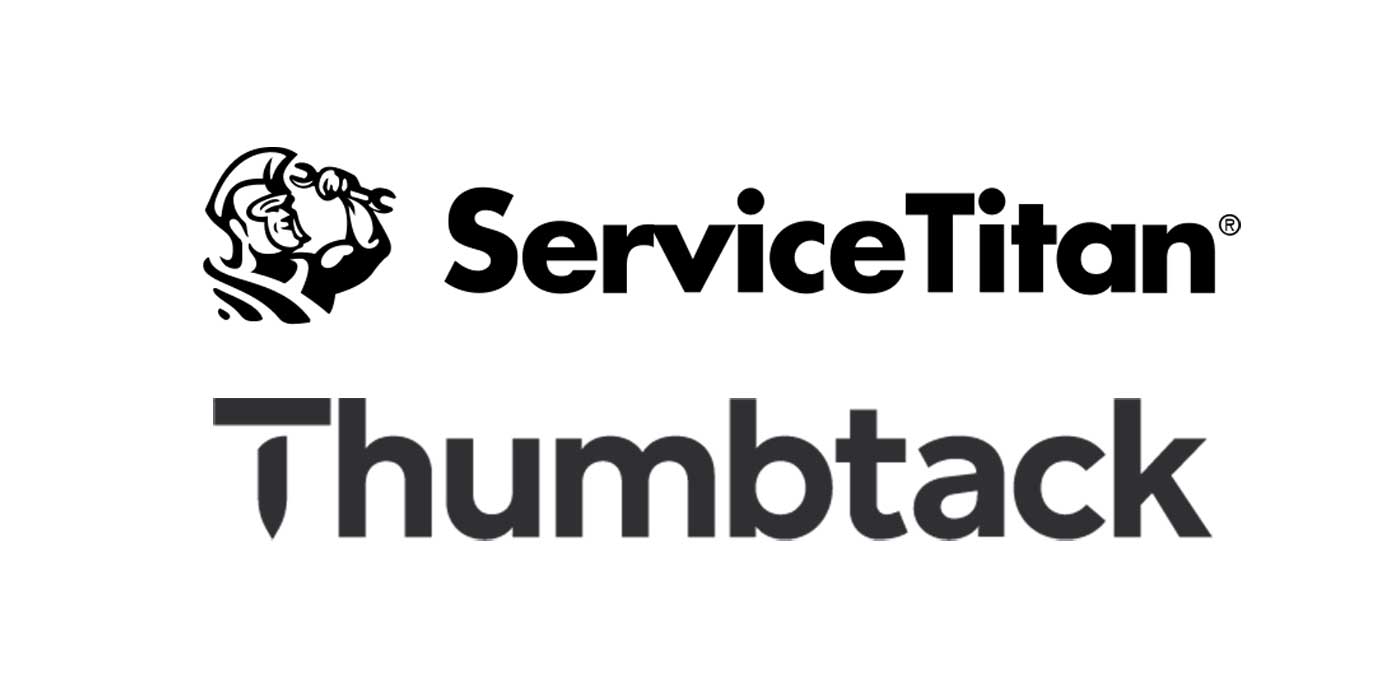When used in the right way, your trucking data is one of your most valuable and powerful tools. But even if you have great data, your interpretation of that data can blind you from the truth.
Click here to watch more of FE’s On the Road video series.
Here is a transcript of the video:
Reading data is hard.
You see a number in a chart based off of the data you get from your trucks and you say to your team, “Hey, let’s get this number down” or “up” or whatever you want to see, in the next month. The trouble is, there are two sides to every data point – or sometimes three, or sometimes 15 or more. The trouble with data is that is oversimplifies what is potentially a complicated statistic.
Follow me with this example: You see hard braking events are up this month. Hard braking is bad! Let’s get those numbers down.
Well, consider that a driver who frequently drives urban routes with heavy traffic during the day will likely have more hard-braking events than a driver who usually drives long highway routes at night when there is no traffic.
OK, easy enough. So in this case, the driver with urban routes gets more leniency in heavy braking events, right?
Well, in the heavy traffic environment, hard braking events don’t necessarily mean unsafe driving behavior… Sometimes hard brakes are necessary to avoid a collision. So maybe, in this case, it’s not just a matter of getting those numbers down, maybe this time you’ll even want to recognize that driver for doing their best to prevent those accidents. Now, if the night driver has even a couple of hard-braking events at 3 a.m. when there are hardly any other vehicles on the road, it’s possible that behavior should be more closely scrutinized.
Obviously, when used in the right way, your trucking data is one of your most valuable and powerful tools you have, but the kicker is knowing you’re using your data in the best way possible – and that means looking at the whole picture.
Looking back at the hard braking data, one way to help yourself look at the whole picture is by comparing how many hard brakes a driver had in a period of time and comparing that number to his peers on similar routes, and comparing all of that to the company standard. It’s important you are always keeping your comparisons as apples to apples.
Your telematics platform of choice is going to be huge here, because it should be able to bring these data points and analysis interpretations to your attention without you having to do too much digging. But, don’t make the mistake of thinking some digging won’t be required.
These telematics platforms will give you access to viewing a cluster of events all in one place, rather than analyzing a single event at a time. Instead of looking just at hard braking events, for example, consider if there any clusters, where several of these events happened in close succession. Training yourself to analyze the data with the entire context in mind will likely tell you more about a driver’s behavior than just one solitary event or data point, and this will, hopefully, ultimately lead to a safer fleet.













